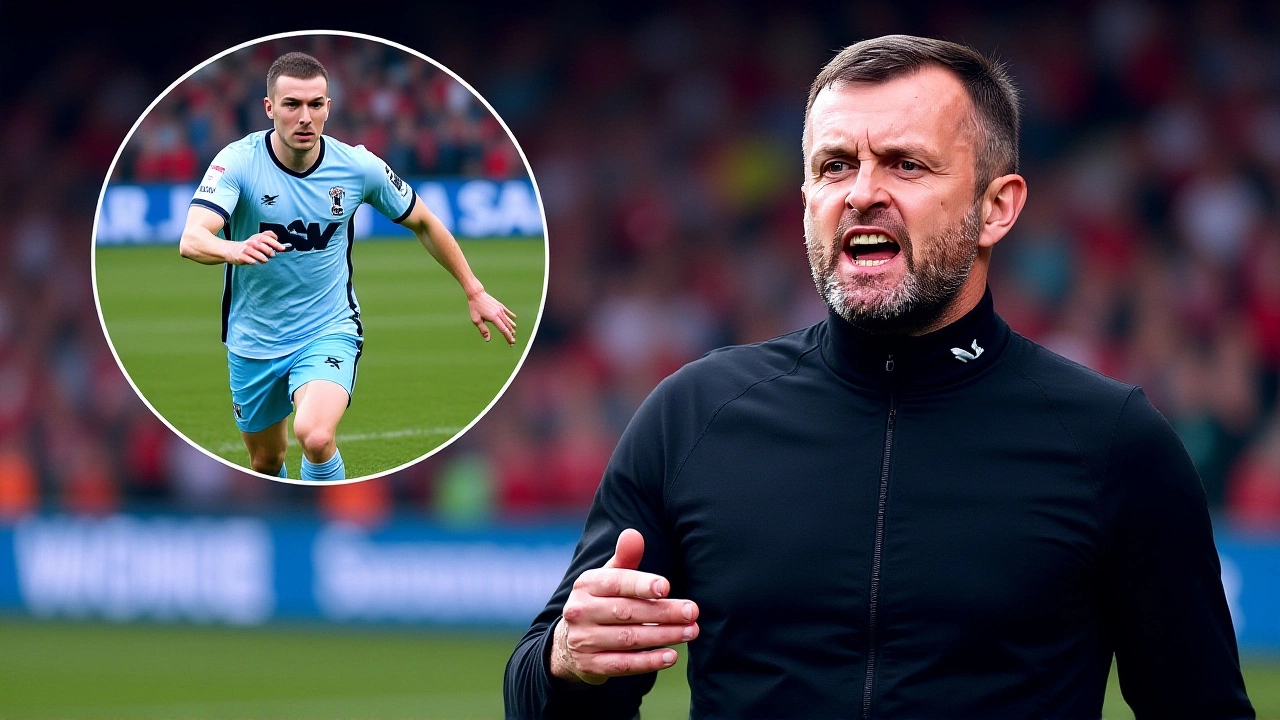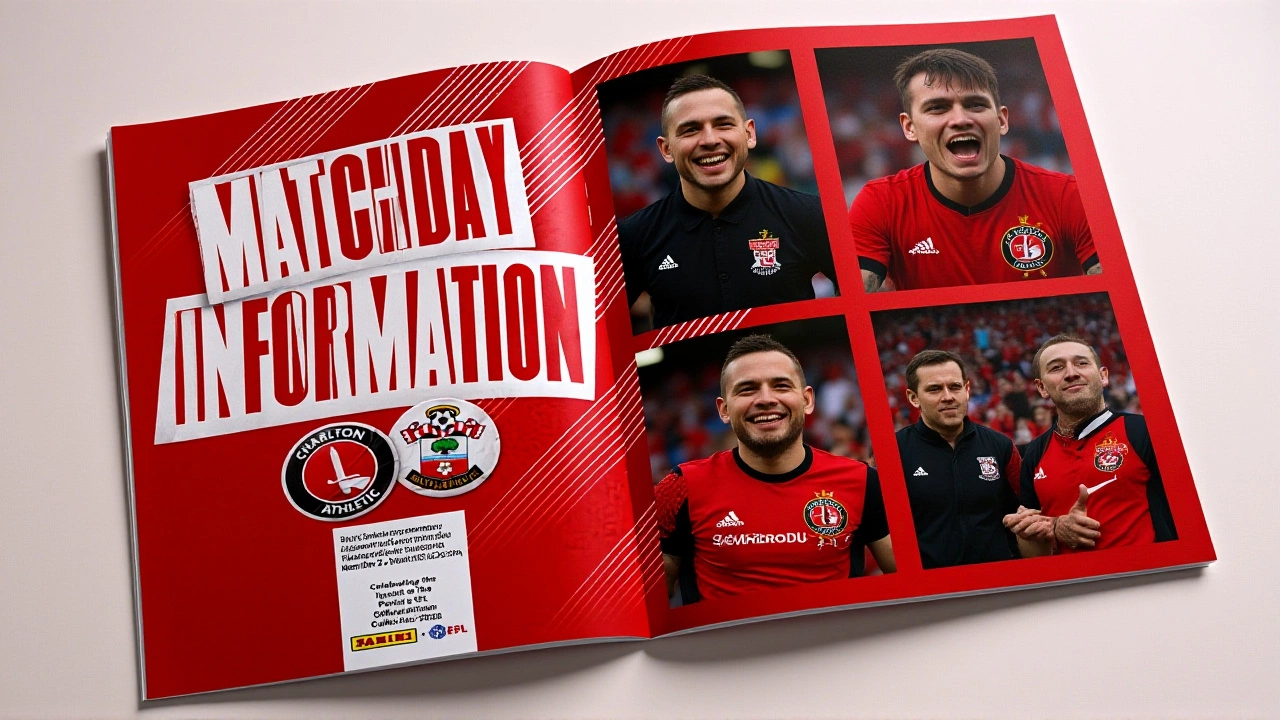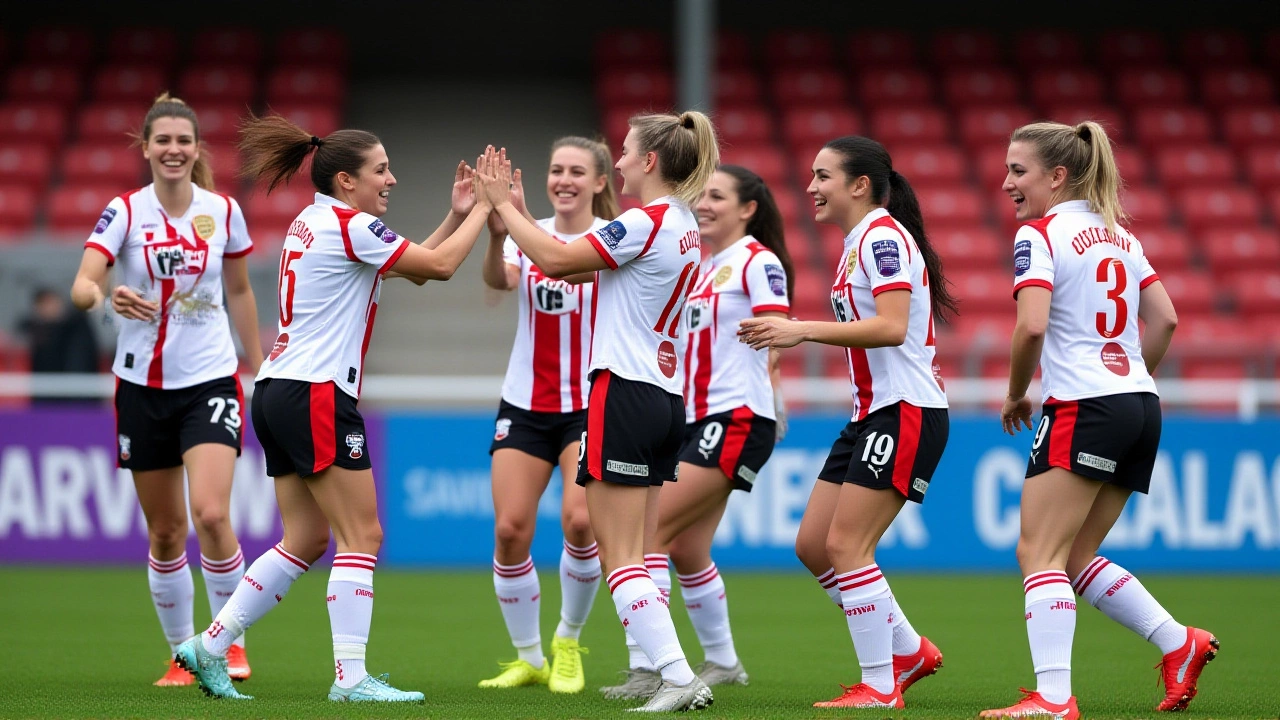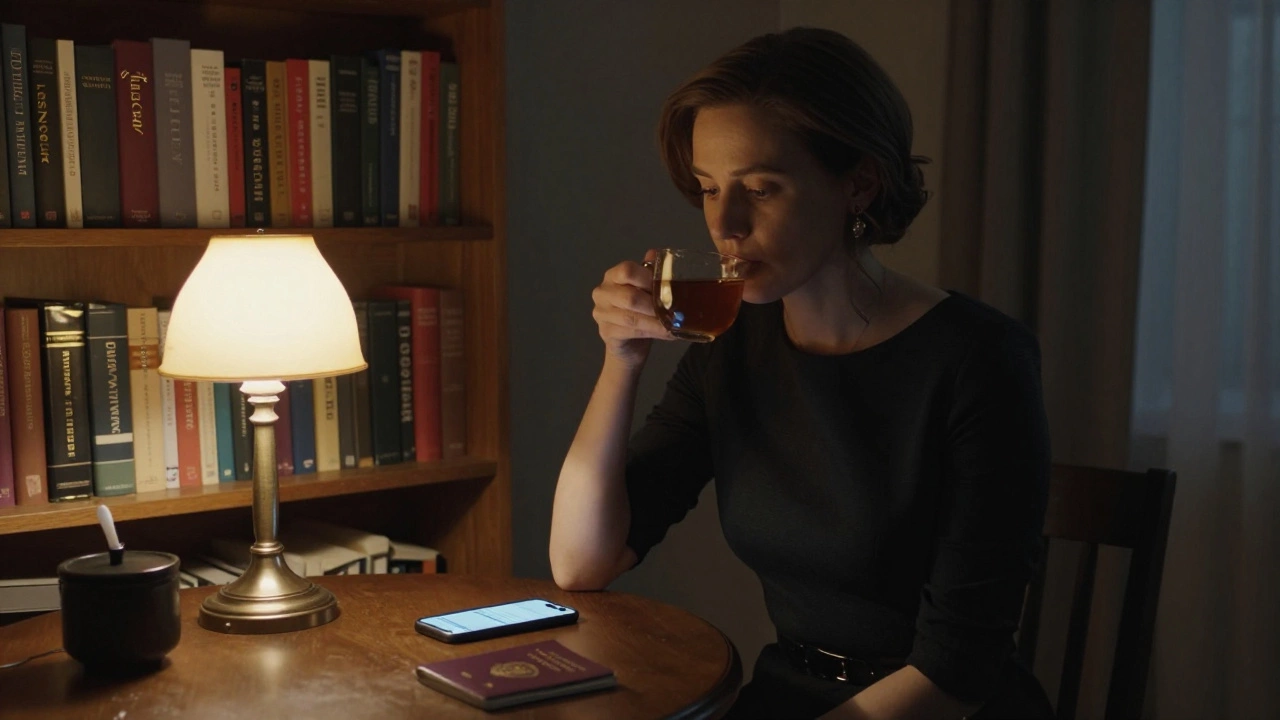On Sunday, November 23, 2025, at 2:00pm local time, Southampton FC Women will host Charlton Athletic Women at Silverlake Stadium in a final, quiet farewell to their Subway Women's League Cup campaign. It’s not the kind of match that makes headlines — no trophies on the line, no fans chanting for a knockout berth. Just two teams, a damp pitch in Hampshire, and the kind of football that doesn’t always get seen but matters deeply to those who play it. For Southampton, this isn’t about advancing. It’s about finishing with dignity.
A Campaign That Never Quite Gained Traction
The Subway Women's League Cup — officially the FA Women’s League Cup, rebranded for sponsorship reasons — entered its 2025-2026 season with renewed energy. But for Southampton, the group stage was a grind. No wins. No goals in double digits. No standout performances. By the time this final fixture rolled around, their fate was sealed. The club’s official website didn’t sugarcoat it: this match marked the conclusion of their campaign. No hints at redemption. No talk of "building for next time." Just a straightforward acknowledgment: their cup run was over.Charlton’s Quiet Determination
Meanwhile, Charlton Athletic Women — based in Charlton, London — come into the game with slightly more at stake. Not in terms of qualification (they’re already through), but in terms of momentum. They’ve been steady, if unspectacular, this season. Their midfield, anchored by veteran Grace O’Flanagan, has held firm in tight matches. Their striker, 21-year-old Jemima Carter, has found the net twice in group play — a modest tally, but enough to keep them above the cutline. For Charlton, this isn’t just a friendly. It’s a chance to keep their rhythm ahead of the quarterfinals.And yet, neither side has released a single quote from their managers. No press conferences. No social media hype. Just the bare facts on matchday platforms: Sky Sports, Sofascore, and the club’s own site all agree on the time — 14:00 UTC. UA-Football’s 16:00 listing? A clear error. The confusion is telling. This match, despite being part of a national cup, flies under the radar. No TV deal. No streaming broadcast announced. No ticket sales update. It’s football at its most unvarnished.
The Stadium and the Silence
Silverlake Stadium — home to Southampton’s women’s team since 2021 — seats just over 5,000. But on a grey November afternoon, attendance figures will likely hover near 800. That’s not a failure. It’s reality. Women’s football is growing, yes — but not evenly. While Manchester City and Arsenal sell out stadiums, clubs like Southampton and Charlton still fight for visibility. The pitch is maintained to WSL standards. The locker rooms are clean. The staff are professional. But the spotlight? It’s dimmer here.And that’s okay. Because this game isn’t about the crowd. It’s about the players who show up anyway. The ones who train at 7 a.m. before university lectures. The ones who take buses home after matches because there’s no club shuttle. The ones who don’t get paid enough to quit their day jobs. This match matters to them. That’s enough.

What’s Next?
After this, Southampton’s next competitive fixture is the FA Women’s National League clash against Bristol City Women on December 7. Charlton, meanwhile, will prepare for their quarterfinal — likely against either Arsenal or Chelsea — on December 14. But for now, the focus is on this single, unremarkable Sunday.No one will write songs about this match. No YouTube compilations will go viral. But if you’re there, you’ll hear the whistle blow, see the ball roll, and feel something real: the quiet persistence of women’s football, playing on, even when no one’s watching.
Background: The League Cup’s Evolving Role
The FA Women’s League Cup began in 1991 as a secondary competition to the Women’s Premier League. For years, it was treated as a consolation prize. But since the WSL’s formation in 2011, the cup has gained prestige. It’s now the only knockout tournament open to all teams in the top four tiers of English women’s football — a rare meritocratic structure in a sport still wrestling with inequality.Subway’s sponsorship deal, signed in 2024, brought £1.2 million into the competition — a 30% increase from the previous sponsor, Barclays. The money has gone toward grassroots grants, travel subsidies for lower-league teams, and improved broadcast coverage. But the visibility gap remains. While men’s League Cup matches draw 20,000+ fans, the women’s final last year attracted under 10,000. Progress? Yes. Equity? Still a long way off.

Why This Matters Beyond the Scoreline
This match might not change the standings. But it’s part of a larger pattern. Clubs like Southampton and Charlton are the backbone of women’s football. They don’t have billionaire owners or global branding. They rely on community support, local sponsors, and the sheer grit of their players. When you watch them play, you’re not just seeing a game — you’re seeing the foundation of the sport’s future.And sometimes, that’s more important than any trophy.
Frequently Asked Questions
Why is this match being called the Subway Women's League Cup if it's the FA Women's League Cup?
The FA Women’s League Cup is the official name of the tournament, but Subway, the sandwich chain, holds the title sponsorship rights for the 2025-2026 season. This is common in football — like the Emirates Cup or the Carabao Cup. The FA still runs the competition, but the sponsor’s name is used in marketing and broadcasting. Official records still list it as the FA Women’s League Cup.
Are Southampton FC Women likely to be promoted this season?
No, promotion isn’t on the table this season. Southampton FC Women compete in the FA Women’s National League South, which is the third tier of English women’s football. They’re currently mid-table, and promotion requires finishing in the top two and winning a playoff. Their focus this season is on stability and player development, not promotion.
Why isn’t this match being televised?
The FA Women’s League Cup group stage matches rarely get broadcast, even with Subway’s sponsorship. Only the quarterfinals and beyond are typically shown on ITV or BBC Sport. This is due to cost and scheduling constraints. While the final may be streamed live, early-stage games like this one are left to local attendance and club social media coverage.
How does this match affect Charlton Athletic Women’s chances in the knockout stage?
It doesn’t directly. Charlton has already qualified for the quarterfinals regardless of this result. But a strong performance here helps maintain momentum and avoid injuries before facing top-tier opponents like Arsenal or Chelsea. A win could also boost their goal difference, which matters if they’re tied on points in the group standings — though that’s not the case here.
Is Silverlake Stadium used for men’s matches too?
No. Silverlake Stadium is exclusively the home of Southampton FC Women. The men’s team plays at St Mary’s Stadium, about 2 miles away. Silverlake was renovated in 2021 specifically for the women’s team, with upgraded lighting, locker rooms, and seating to meet FA standards. It’s a symbol of the club’s investment in women’s football — even if the crowds remain small.
What’s the historical head-to-head record between Southampton and Charlton Women?
The two teams have met just twice in competitive matches since 2020, both in the FA Women’s National League. Charlton won both games: 2-1 in 2022 and 3-0 in 2023. Southampton’s last victory over Charlton came in a 2019 friendly. Their next meeting will be the first in a cup competition since 2021, adding a new chapter to a rivalry that’s still developing.



